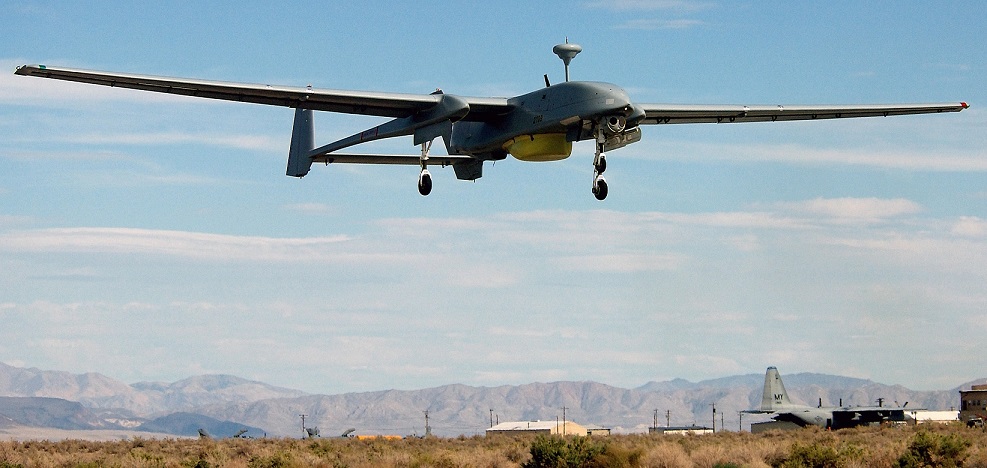
This post is also available in:
 עברית (Hebrew)
עברית (Hebrew)
Israel’s drones have revolutionized the modern battlefield. “As a world leader in the field of unmanned systems and robotics, Israeli-developed unmanned aircraft systems (UAS) are operated worldwide, along with avionics, mission payloads, training and support systems. Israel now offers unmanned systems for military, homeland security and civil use,” says Israel’s International Defense Cooperation Directorate of the Ministry of Defense, known as SIBAT, in its annual directory.
For Israel, drone technology is many decades in the making. Israel was the first country in the world to operate drones in combat operations. Its first use of drones was in 1969, when the Israel Defense Forces flew toy airplanes with cameras glued to their bellies along the Suez Canal to spy on Egypt, as reported by nypost.com.
Since then, Israel has managed to position itself among the most important and innovative countries in the drone sector. This means that Israeli technology will not only be outfitting militaries and homeland defense with drones, but also outfitting them with the technology to detect drones and guard against them.
In fact, Israel developed the very first operation system. This was important for Israel facing the threats of the 1970s and early 1980s, first in the Egyptian conflict of 1973 and then against terrorists in Lebanon, according to jpost.com. Israel innovated using existing technology to confront the challenges it was facing. In so doing, it built some of the first operational reconnaissance drones.
Israel’s drone pioneers not only built the IAI Scout, which was active in 1982 and after, they had also developed the Tadiran Mastiff in the 1970s. IAI and Tadiran would work together in the 1980s when the US took interest in Israeli drones. Eventually Israel’s innovations led to the development of the AAI RQ-2 Pioneer, which was introduced in 1986 and developed through American and Israeli cooperation between AAI and IAI’s Malat or “drone” division.
Israel’s thriving drone industry showcased its innovations at the June Paris Air Show. Among others, Elbit Systems launched its Hermes 45, a tactical unmanned aircraft system (STUAS). IAI unveiled a new drone – the Tactical Heron, designed for missions on the battlefield.
UVision’s Hero-400 multi-canister launcher was also sported at the event. This basically allows several drones to be launched from multiple tubes on a vehicle or other platform.
Israel is also a major innovator in anti-drone systems, with defense contractor Rafael’s Drone Dome as only one example. This radar-based system can identify targets and use a laser to neutralize them from several kilometers away.
Take a closer look at Israel’s unmanned systems industry, at the 7th AUS&R conference and exhibition:
For more details on presentation/ booth/ sponsorship: [email protected]

























